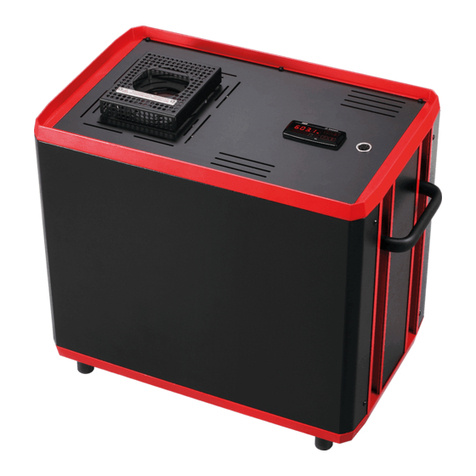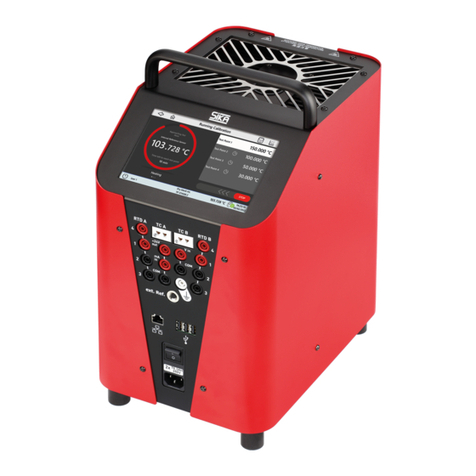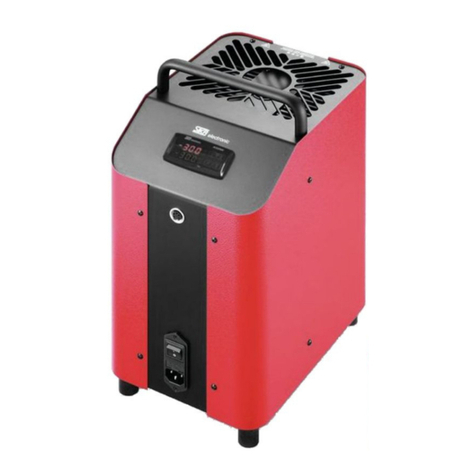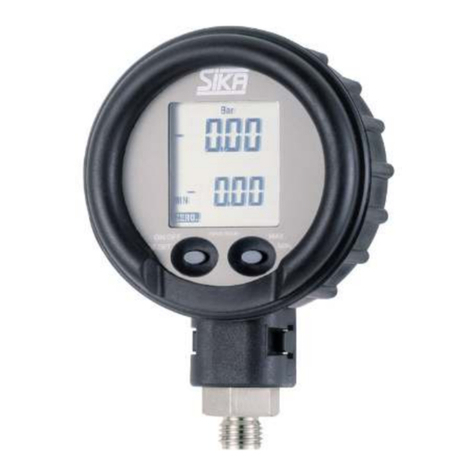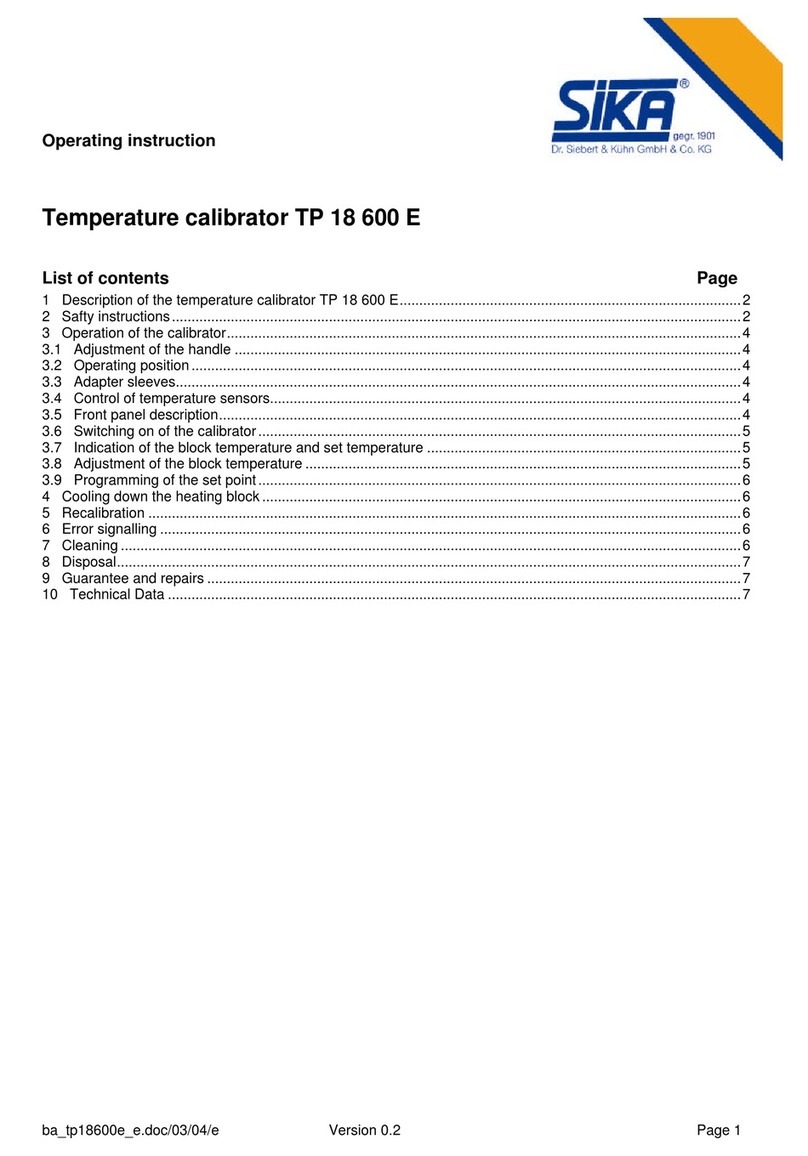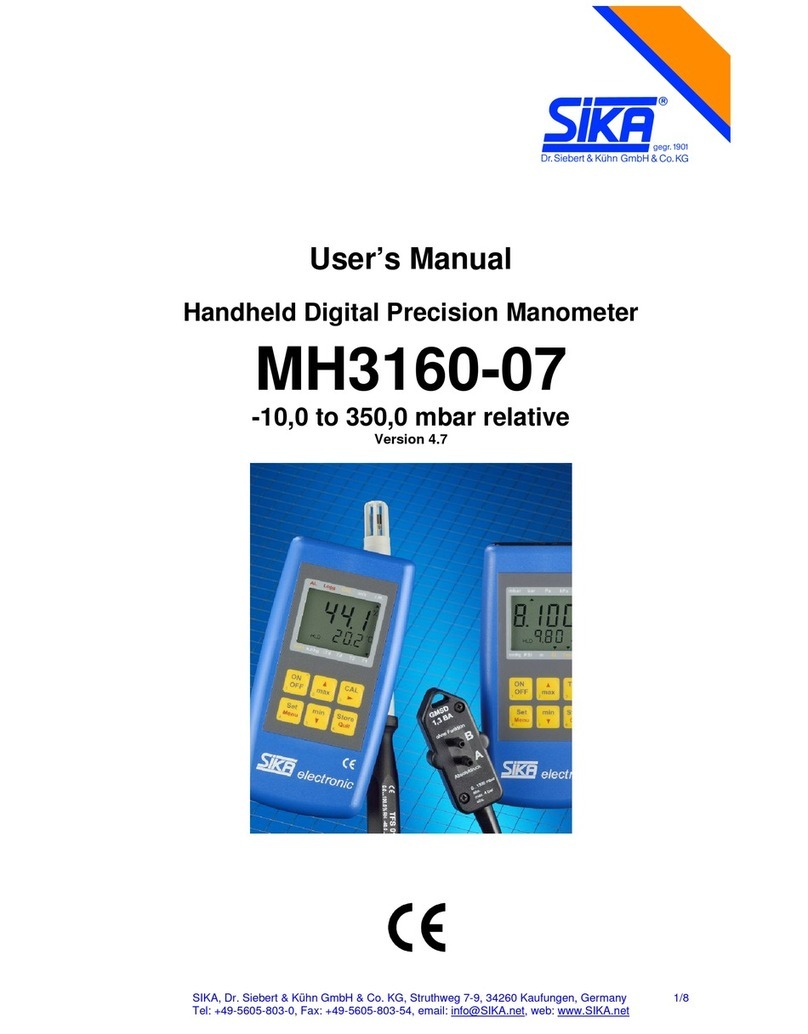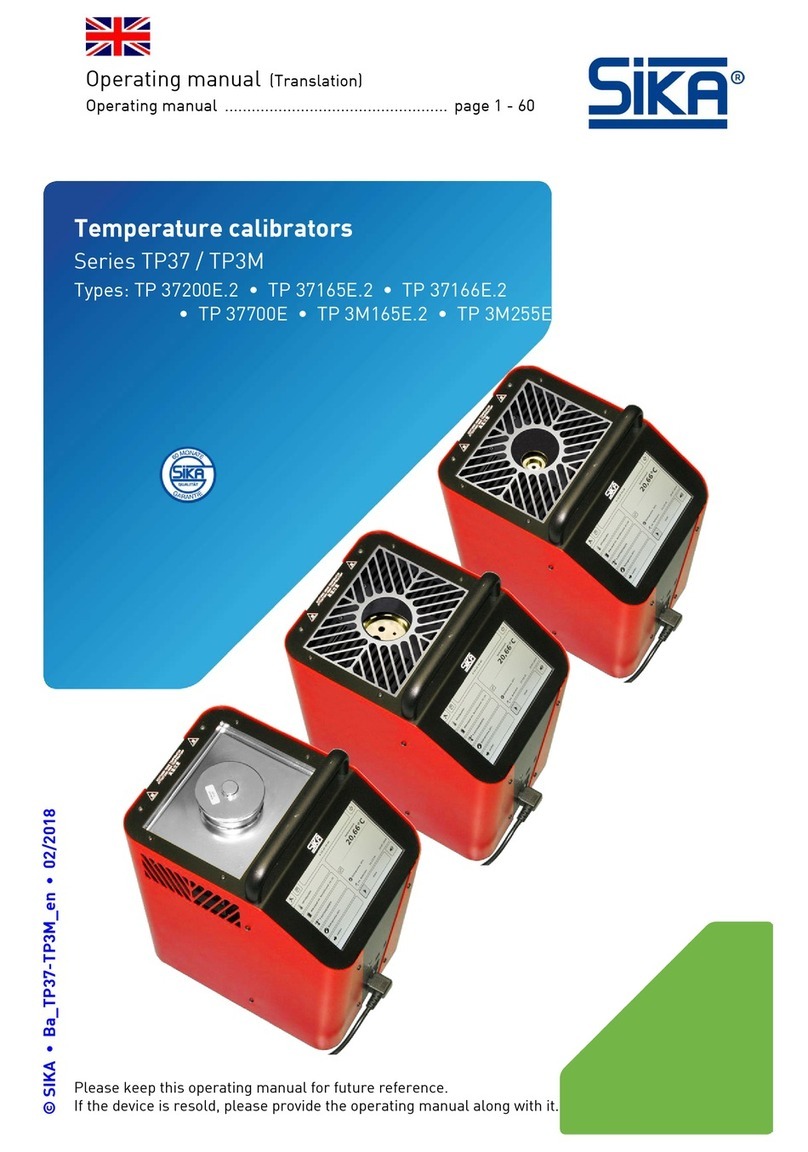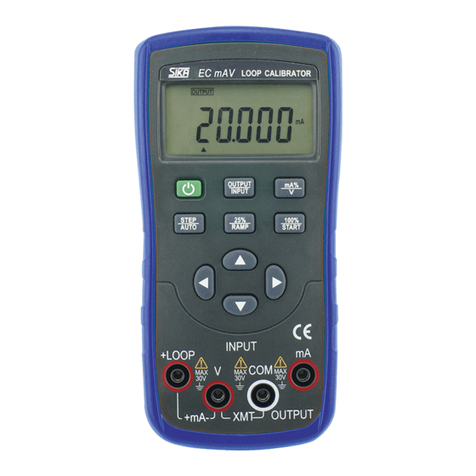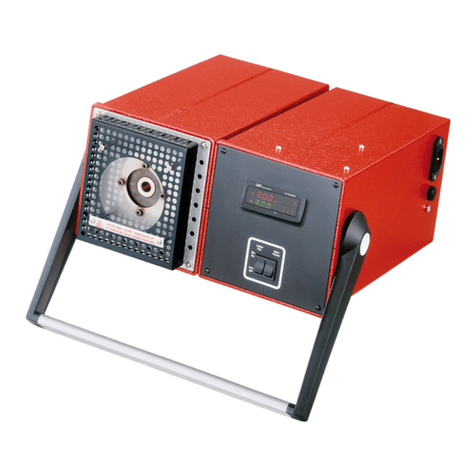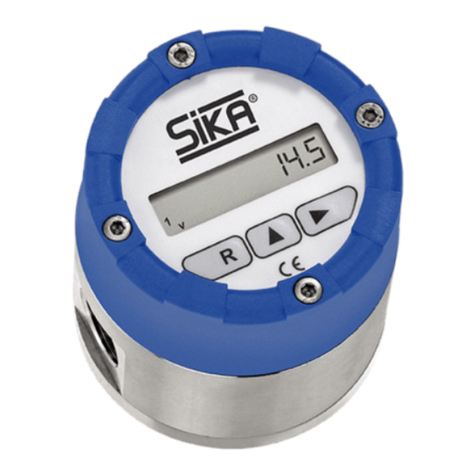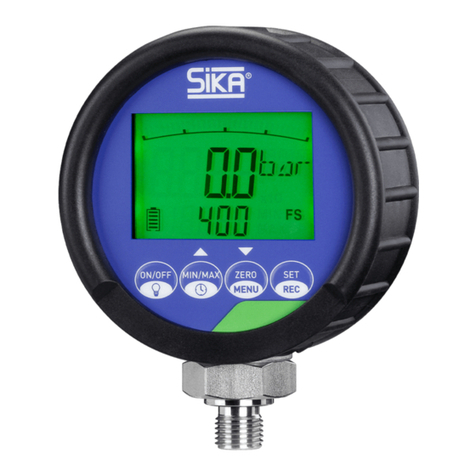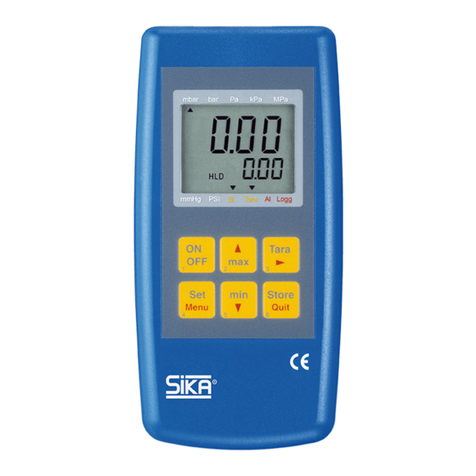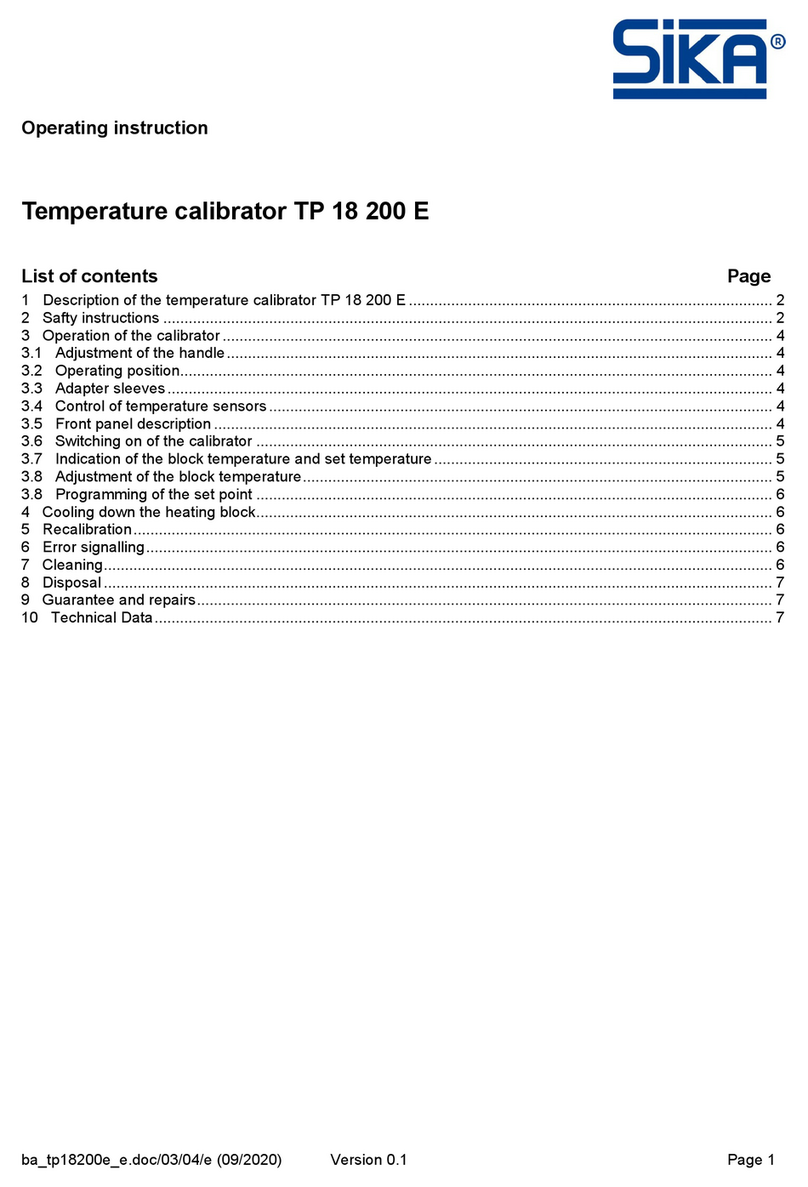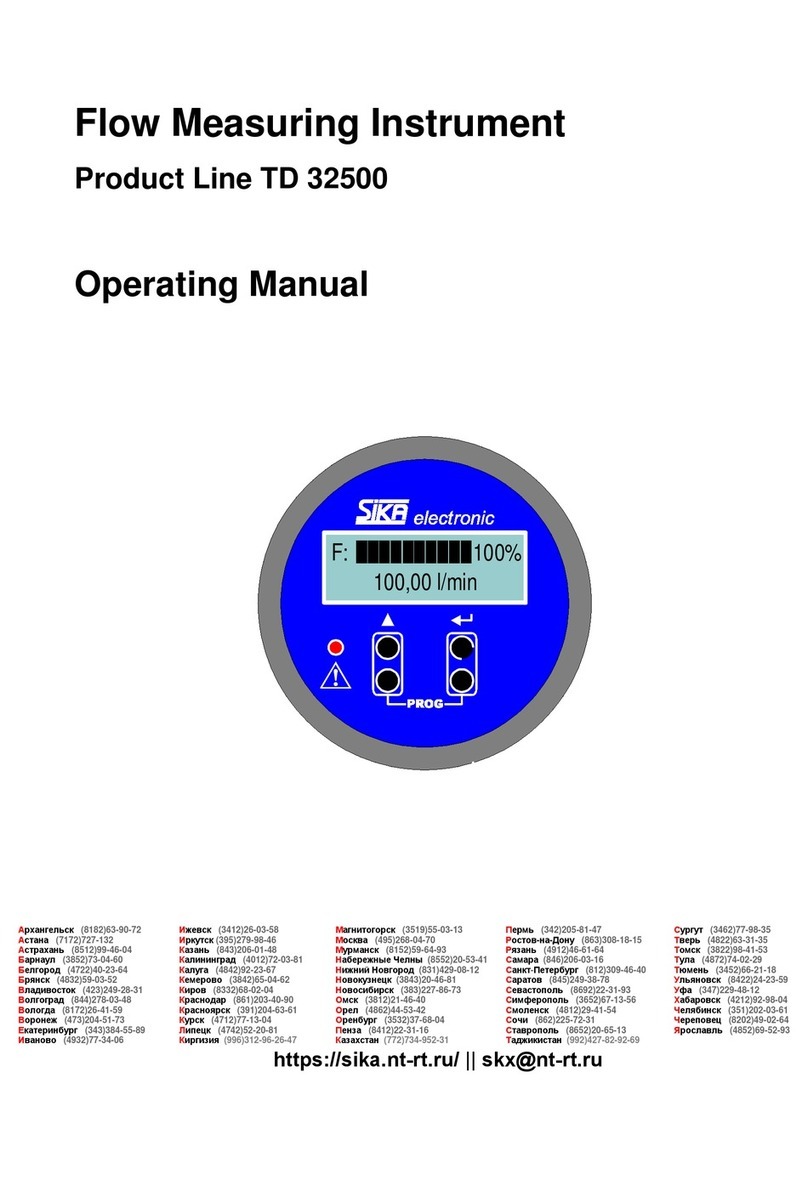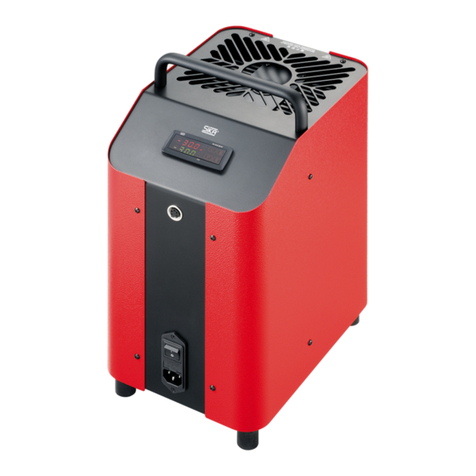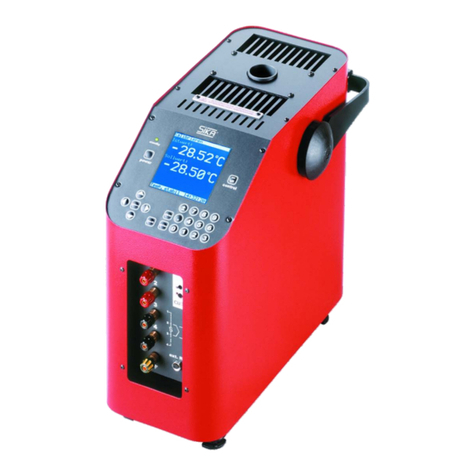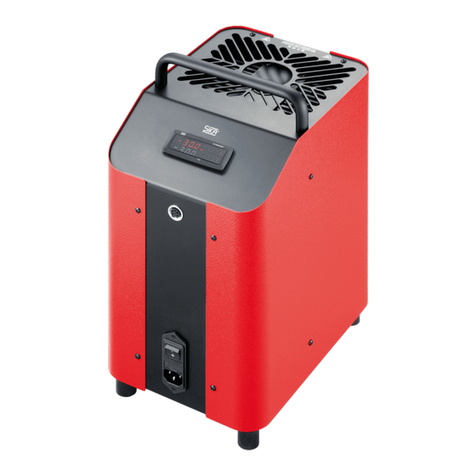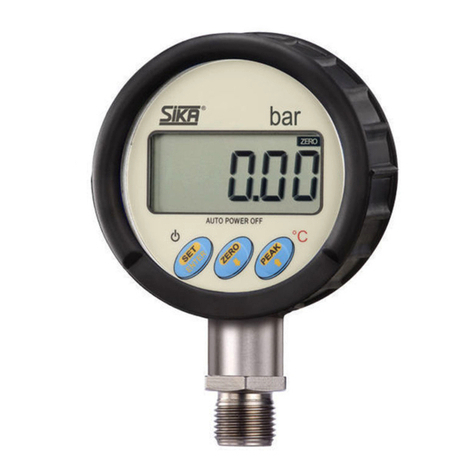
1. Product Identification........................................................................................................................ 4
2. Safety Warnings ............................................................................................................................... 4
3. Introduction....................................................................................................................................... 5
3.1. Technical Description .............................................................................................................. 5
4. Technical Data ................................................................................................................................. 6
4.1. Options .................................................................................................................................... 6
5. Standard Full Scale and Resolution................................................................................................. 7
6. Recommended Mechanical Mounting.............................................................................................. 7
6.1. Positioning ............................................................................................................................... 7
6.2. Installation................................................................................................................................ 7
7. Connections ..................................................................................................................................... 8
7.1. RS-232C Serial Output connection ......................................................................................... 8
7.2. Analogue Output connection ................................................................................................... 8
7.3. Relay Output connection ......................................................................................................... 9
7.4. Digital Input connection ........................................................................................................... 9
8. Power Supply ................................................................................................................................. 10
8.1. Power On............................................................................................................................... 10
8.2. Power Off............................................................................................................................... 10
9. Error Messages .............................................................................................................................. 11
10. Keys Description........................................................................................................................ 11
11. Parameter Programming ........................................................................................................... 12
12.Software Version ....................................................................................................................... 12
13. Parameter Settings .................................................................................................................... 13
13.1. How to get access to the MENU............................................................................................ 13
13.2. How to set parameter values................................................................................................. 13
14. Parameter Description ............................................................................................................... 13
14.1. Set point 1.............................................................................................................................. 13
14.2. Hysteresis 1 ........................................................................................................................... 13
14.3. Set Point 2 ............................................................................................................................. 13
14.4. Hysteresis 2 ........................................................................................................................... 14
14.5. Password ............................................................................................................................... 14
15. Parameters Protected by Password 0007................................................................................. 15
15.1. Measurement Resolution....................................................................................................... 15
15.2. Digital Filters .......................................................................................................................... 15
15.3. Serial Communication ........................................................................................................... 15
15.4. Peak....................................................................................................................................... 15
15.5. Analogue Output.................................................................................................................... 16
15.6. Analogue Output Zero Correction.......................................................................................... 16
15.7. Analogue Output Full Scale................................................................................................... 16
15.8. Analogue Output Signal Amplitude ....................................................................................... 16
16. Parameters Protected by Password 4256................................................................................. 17
16.1. Calibartion Cancellation......................................................................................................... 17
